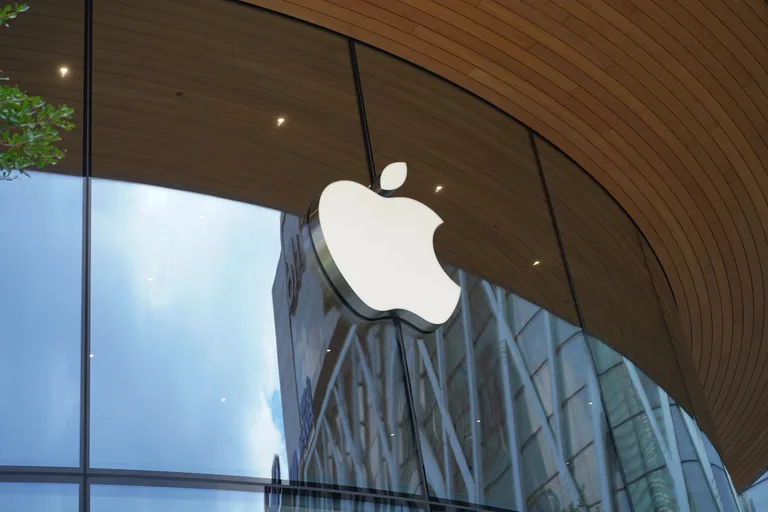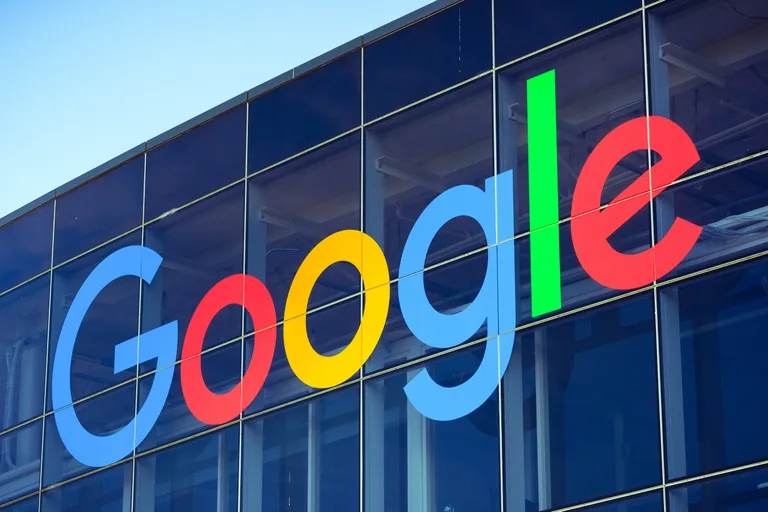What Is an Innovation Process?
An innovation process is the structured way companies generate, test, and launch new ideas. It ensures innovation is repeatable rather than accidental, helping businesses reduce risk and stay competitive. Examples include customer-driven product launches, expert-led design systems, and experimentation frameworks.
As Harvard Business Review argues, innovation shouldn’t be episodic—it must become an organizational capability supported by leaders acting as Architects, Bridgers, and Catalysts. Building a strong innovation-focused culture can lay the foundation to improving your innovation process.
Innovation Process Examples From Leading Companies
Apple: Innovation Driven by Experts

Apple’s innovation process was rebuilt under Steve Jobs, centering on a simple purpose: to enrich people’s lives. Instead of relying on traditional management, Apple’s culture values experts—leaders with deep subject knowledge who can make faster, better decisions.
Key characteristics:
- Dual focus: groundbreaking products (iPhone, Vision Pro, 2024 updates to iPad and Mac with AI-driven capabilities) and continual improvement within categories (e.g., camera upgrades, AI-driven features).
- Expert-led management ensures product decisions are made by people closest to the craft.
This combination of visionary leadership and expert execution keeps Apple at the forefront of innovation.
Starbucks: Innovation Driven by Customers

Starbucks’ innovation process puts the customer experience at the center. By actively sourcing ideas from its community, the brand has launched some of its most iconic products.
Key examples:
- My Starbucks Idea: Crowdsourced 150,000+ customer suggestions, leading to hits like the Pumpkin Spice Latte.
- Mobile Ordering & Payments: Early adoption of mobile payment technology improved convenience and increased sales. Today, Starbucks’ app ranks among the top U.S. mobile payment apps.
- Sustainability-driven innovation (2023–2025): New menu items and packaging reflect consumer demand for environmentally conscious choices.
Google and the power of experimentation

Google: Innovation Driven by Experimentation
Google’s approach fosters creativity by encouraging employees to dedicate time to side projects. The famous “20% time” policy gave rise to products like Gmail and Google Maps.
Key characteristics:
- Employees split time between core work and passion projects.
- Teams evaluate and scale the most promising experiments.
- Data-driven decision-making ensures projects are validated with real user insights.
Recent examples include advances in AI products such as Google Gemini (2024–2025), which evolved from the company’s experimentation-first culture.
What Businesses Can Learn From These Innovation Processes
- Empower experts: Give decision-making authority to subject matter specialists, not just managers.
- Engage customers: Involve them early to uncover opportunities and validate ideas.
- Encourage experimentation: Dedicate resources to testing and side projects.
- Stay data-driven: Use insights to prioritize ideas and reduce risk.
FAQ
What is an innovation process in business?
An innovation process is the structured set of steps a company uses to generate, test, and implement new ideas that drive growth.
What are some examples of successful innovation processes?
Apple, Starbucks, and Google each built unique innovation processes: Apple through experts, Starbucks through customers, and Google through experimentation.
Why are innovation processes important?
They help companies stay competitive, reduce risk in product development, and align innovation with customer needs.
How can my company create an innovation process?
Start by defining clear goals, building a culture that supports experimentation, and using data to guide decisions.
Conclusion
Innovation takes time, patience and lots of iterations. Whether it’s Apple’s expert-driven leadership, Starbucks’ customer-first mindset, or Google’s culture of experimentation, the key is embedding innovation into your company’s DNA.